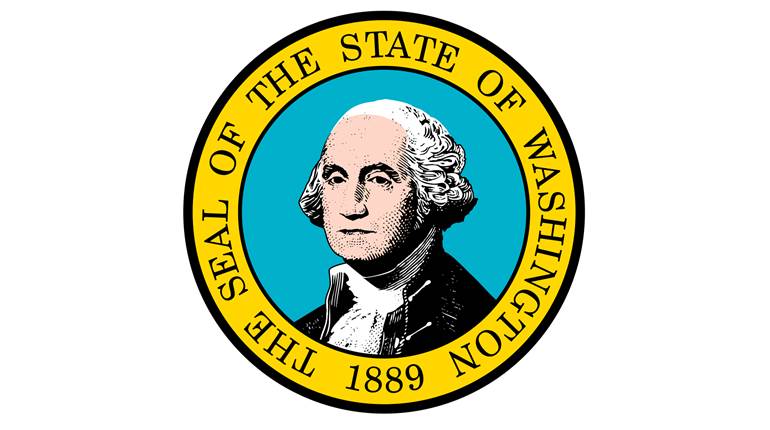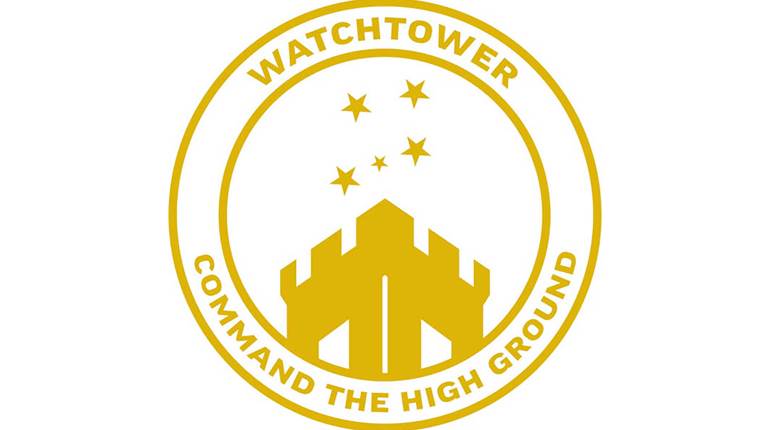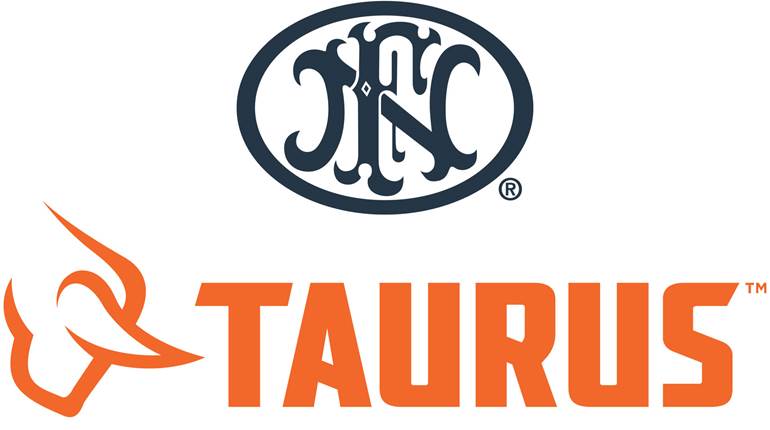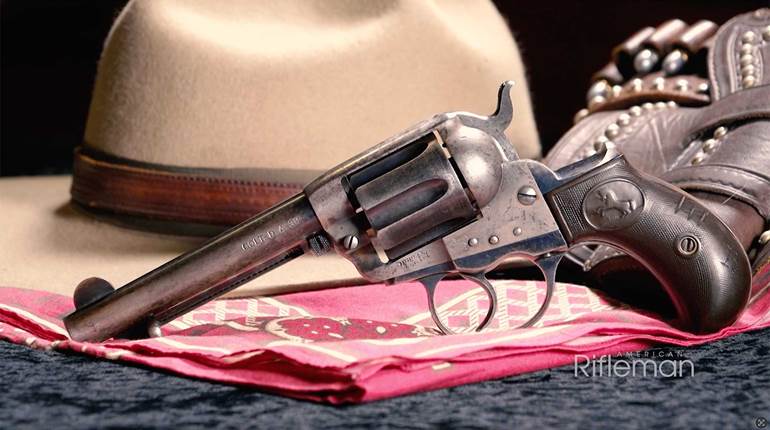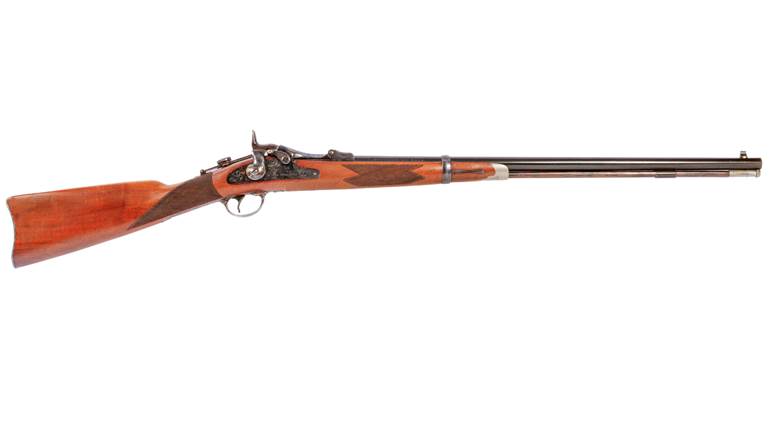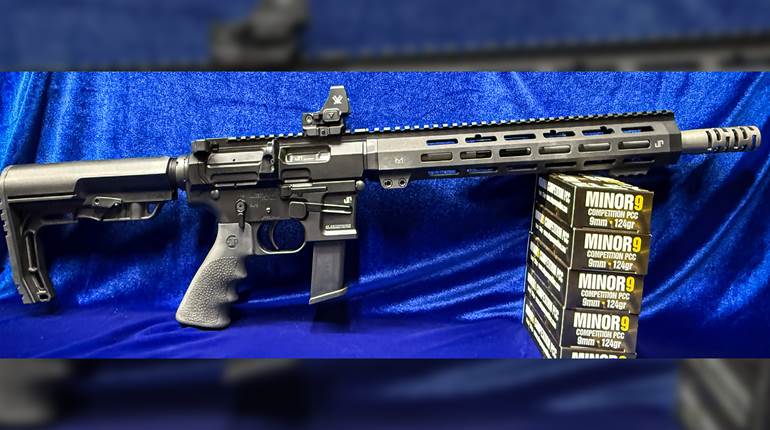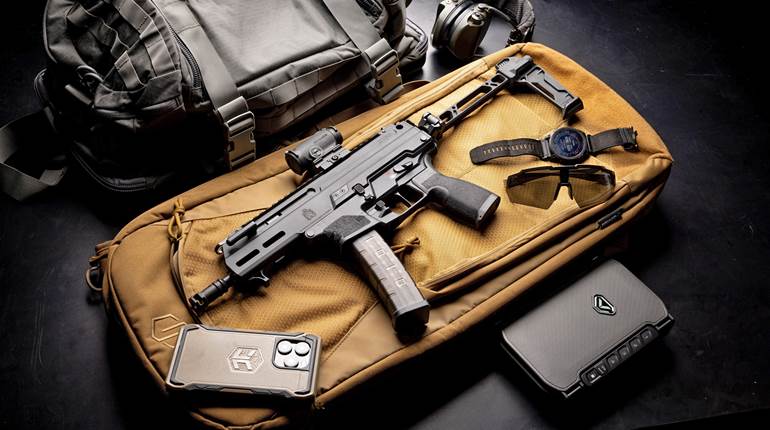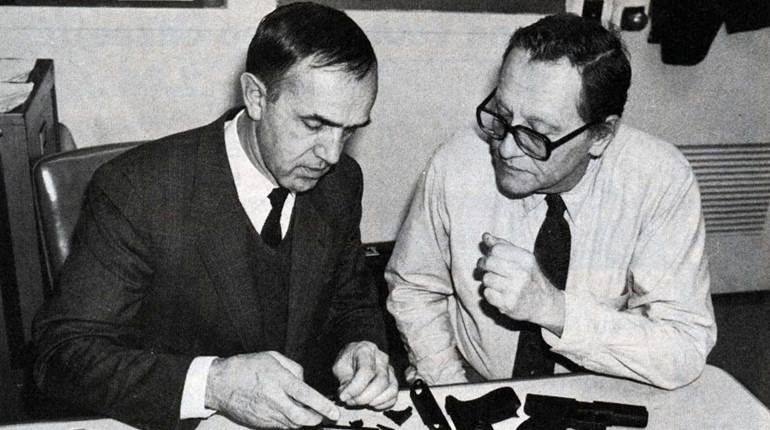
John Rigby—born in 1758—founded his famed gunmaking firm, John Rigby & Co., in 1775. Operations began in Dublin, Ireland, and demand for his rifles, shotguns, muskets and pistols was brisk. Two decades later, the Irish Rebellion struck and the government seized his inventory, personal guns and even those owned by customers in 1798.
The firm closed, but by 1810, it was back in operation. When John Rigby died in 1818, his sons—John Jason Rigby and William Rigby—took over the helm. From 1820 to 1865 the company operated as W. & J. Rigby.
William died in 1858. His son, also named John Rigby, filled the leadership role. It was under his management when the firm first claimed prestigious awards in Paris and London, and then established itself firmly on the international stage.
Now recognized as a premier brand, it expanded by opening a store in London in 1865, strategically close to the nation’s elite gunmakers. Customers soon included royalty from across the globe and the special rifles presented to Gen. George Armstrong Custer, Gen. Ulysses S. Grant and other luminaries helped spread the word. The firm, again operating under the John Rigby & Co. name, flourished.
All operations were moved to London roughly 25 years later, and the Dublin plant was sold off. John Rigby & Co., despite the government’s reliance on its expertise and willingness to slow commercial production during multiple wartime efforts, continued to design new rifles and cartridges.
It developed Nitro Express cartridges and more. A relationship with Peter Paul Mauser was also firmly established. In 1911, the first .416 Rigby-chambered rifles rolled out of its factory with Mauser actions, the legendary bolt-action design still used in many of the company’s fine rifles.
John Rigby died in 1916. His son Theodore took over as the Great War raged in Europe, but somehow managed to keep the company alive and thriving. When World War II arrived, it presented a dangerous challenge. The factory’s area of London was a particularly popular Nazi target during “The Blitz.” To protect the company ledgers and history, records were moved to a farm outside town. There they remained for decades, on a farm location that would remain unknown to company owners for another four decades.
Theodore died in 1951, and John Rigby & Co. was sold. It was no longer in family hands, and a long string of owners followed.
First came Vernon Harris, who died in 1965. His widow sold the company to investors in 1968. Paul Roberts took ownership in 1982, followed by Neil Gibson of Texas in 1997. American businessmen Jeff Meyer and John Reed acquired it in 2010, moving production from California—where the previous owner shifted it to—back to London.
Lüke & Ortmeier Gruppe—owner of Mauser, J.P. Sauer & Sohn, SIG Sauer Inc. and Blaser—purchased the company in 2013, where it remains to this day. This year, John Rigby & Co. is celebrating the 250th anniversary in a historic way.
To start the celebration, a YouTube video explains the craftsmanship and artistry that goes into every Rigby. It also explores the 10-year restoration of Admiral Lord Nelson’s flagship at the Battle of Trafalgar—the HMS Victory—which was commissioned the same year Nelson and the first John Rigby were born. An original piece of oak from that ship being crafted into an unusual showpiece by the team at Rigby is highlighted in the video, as well as the company’s preparations to celebrate its 250th anniversary.












